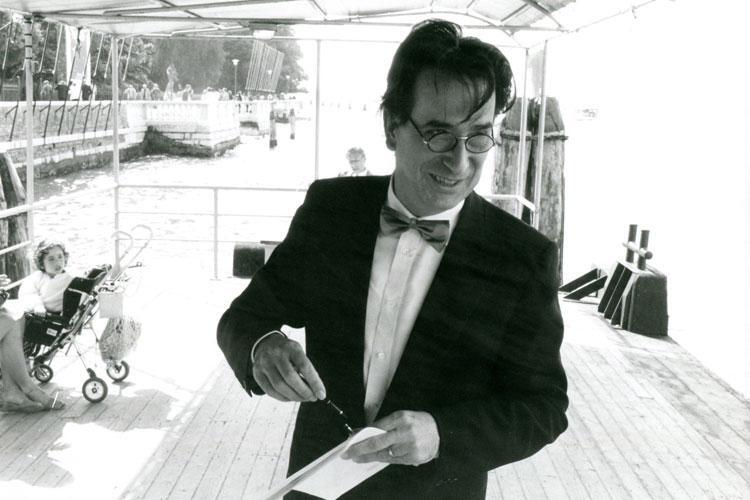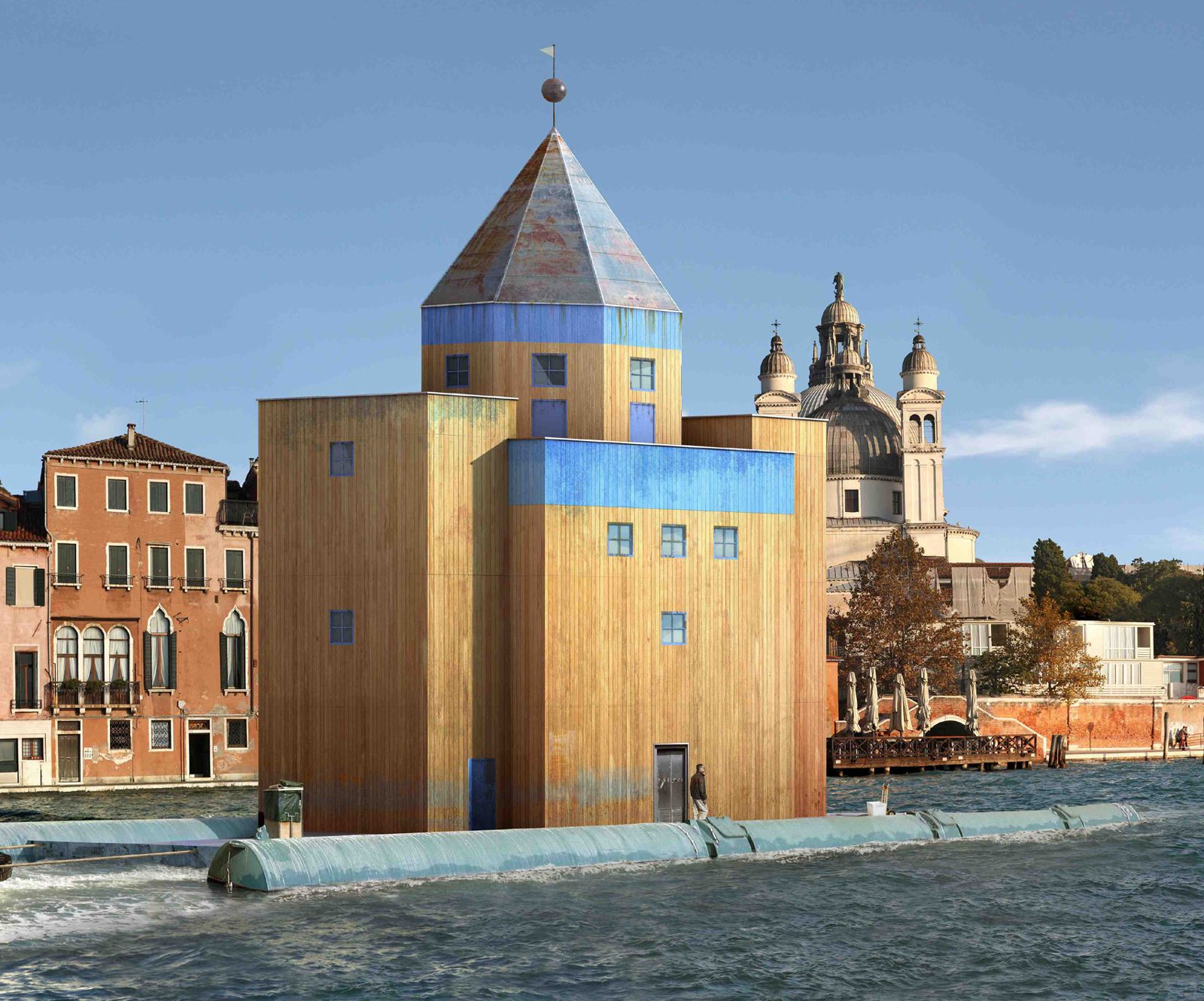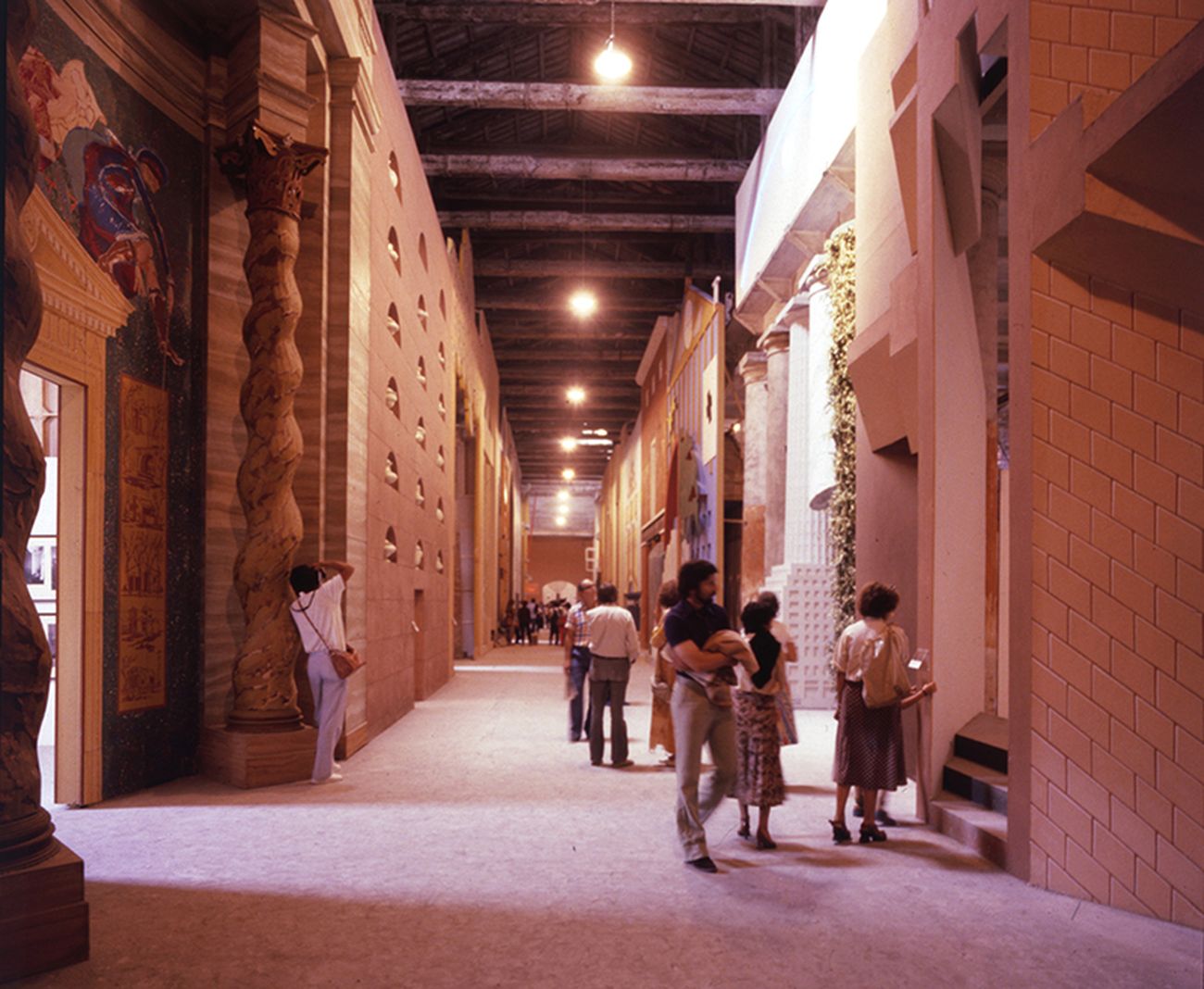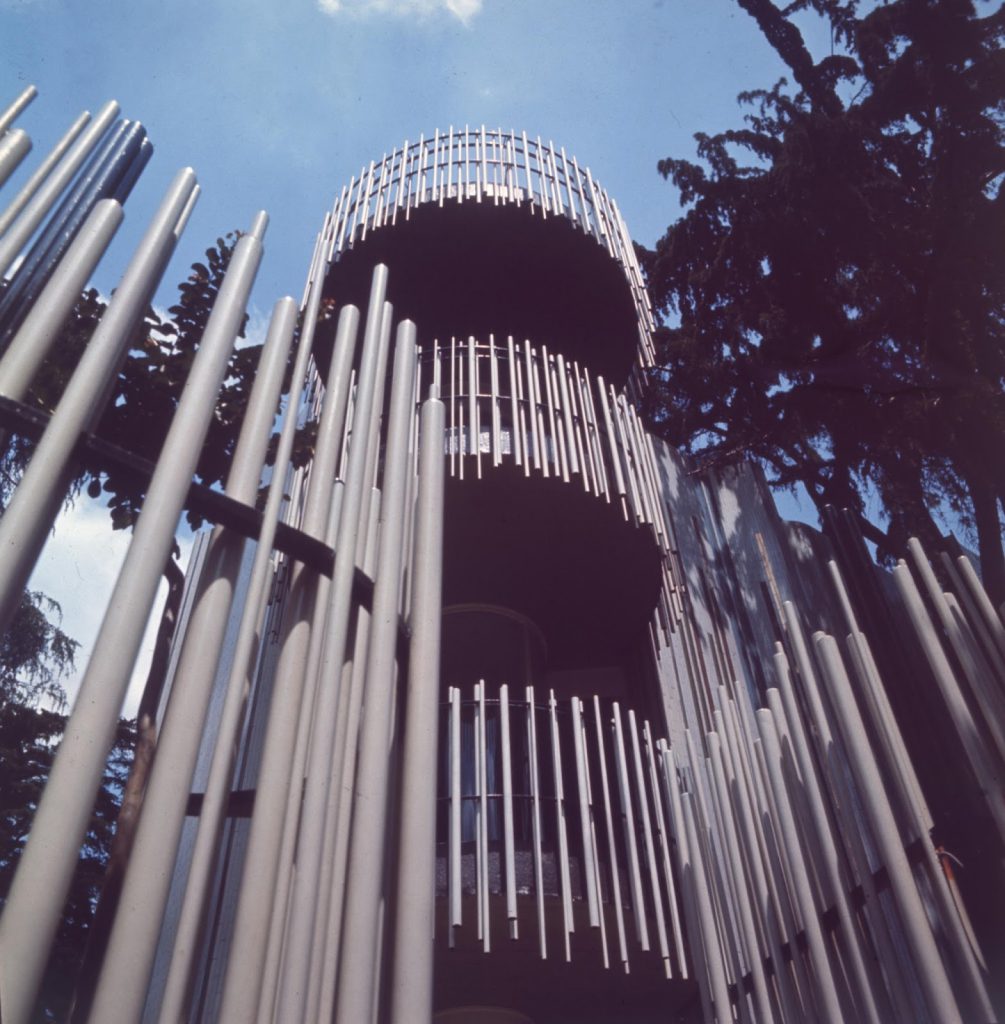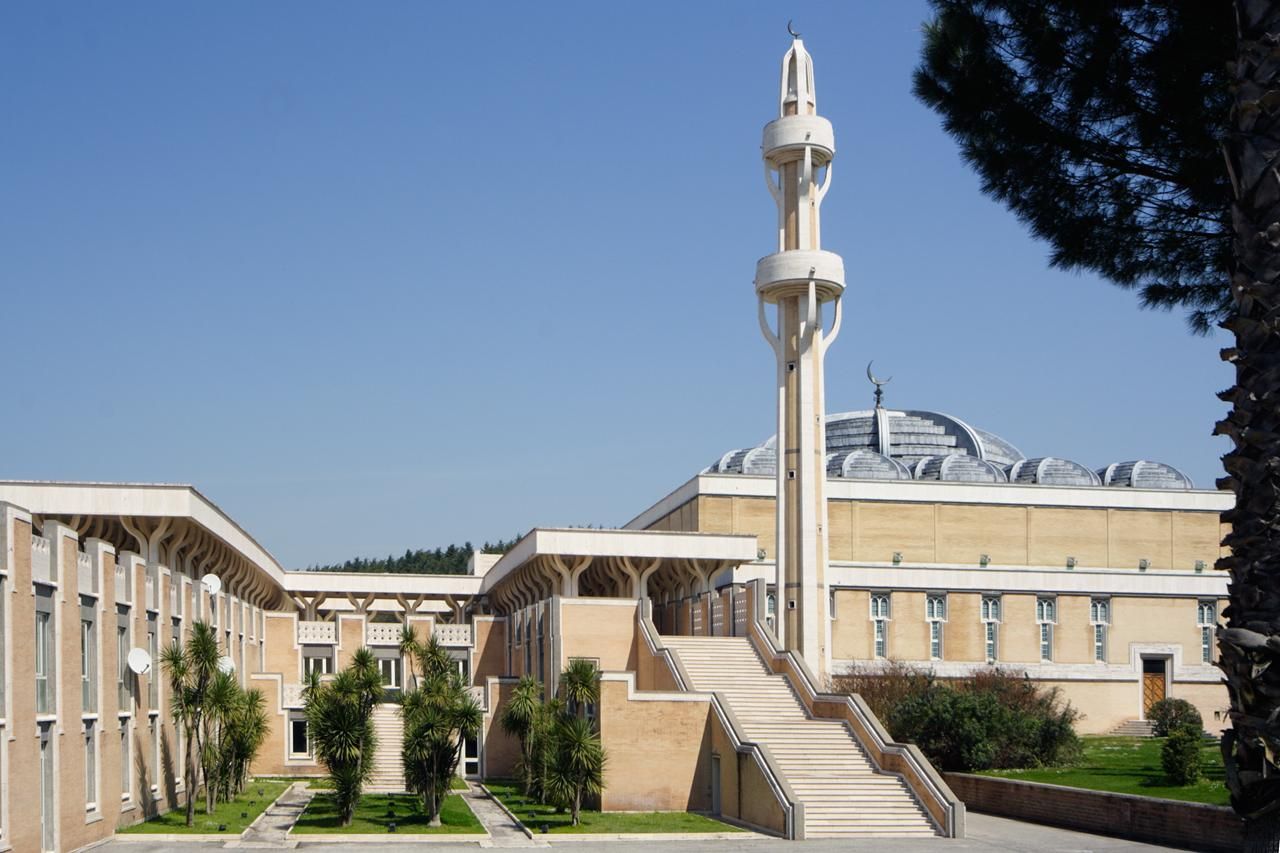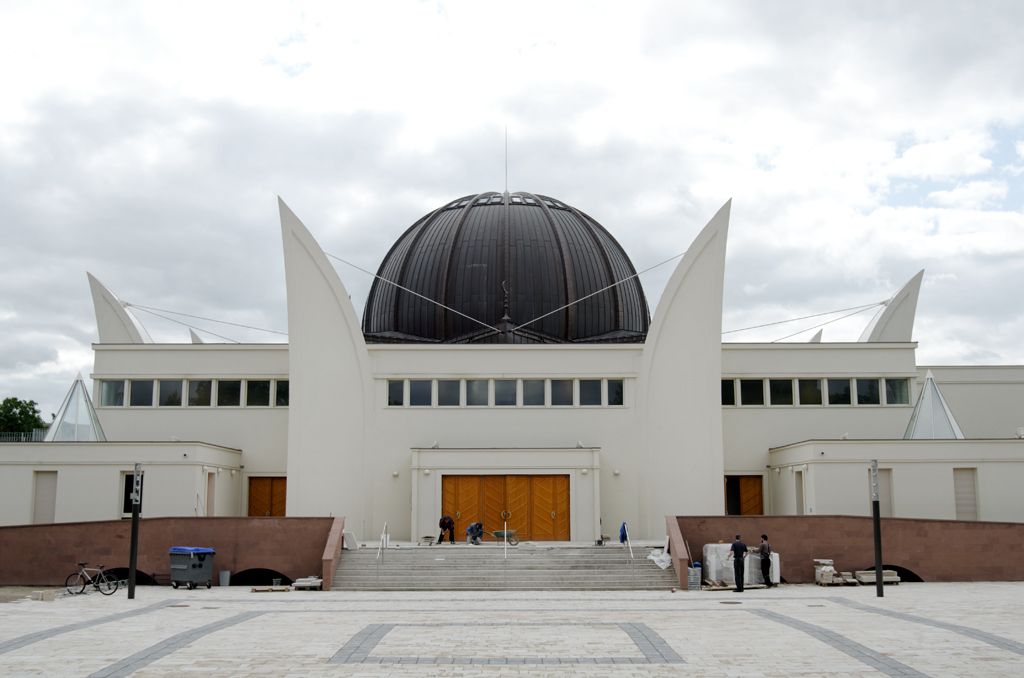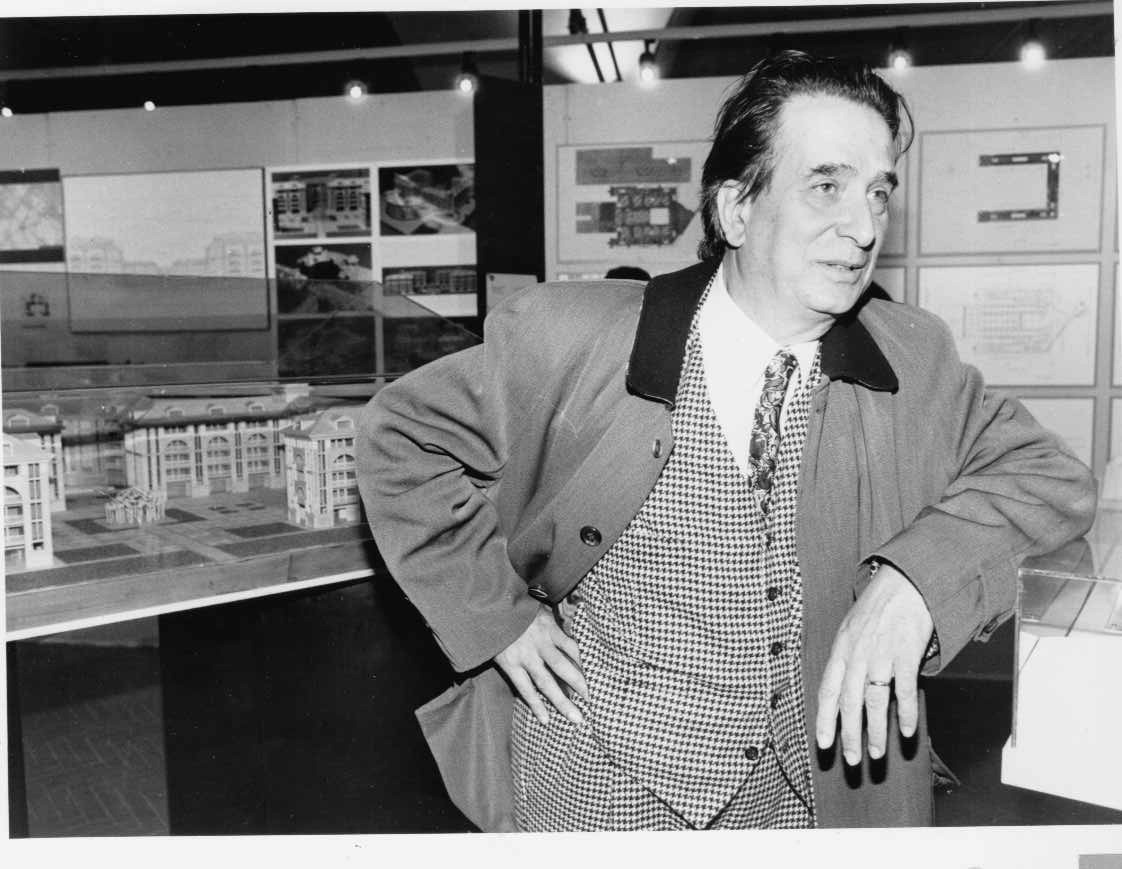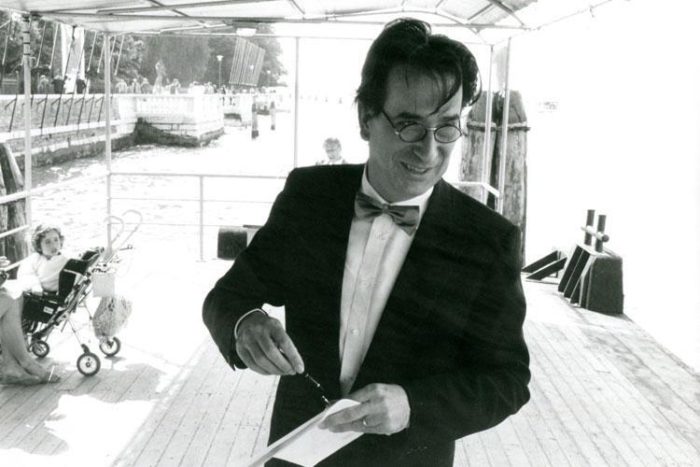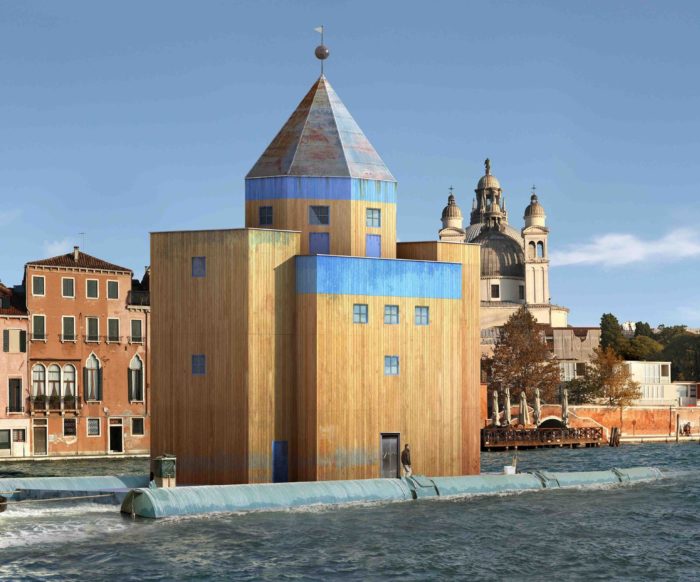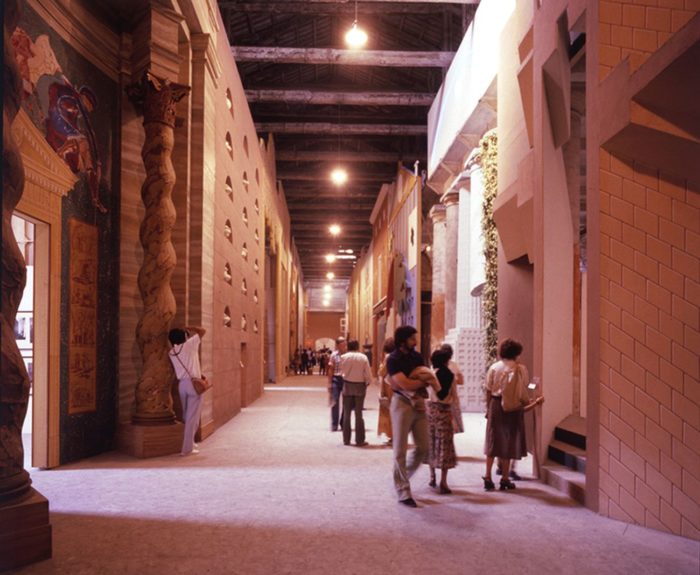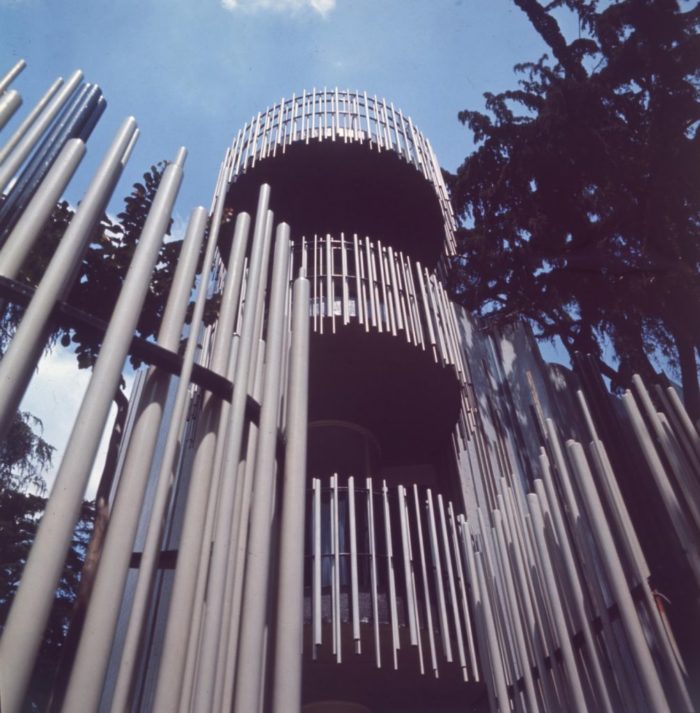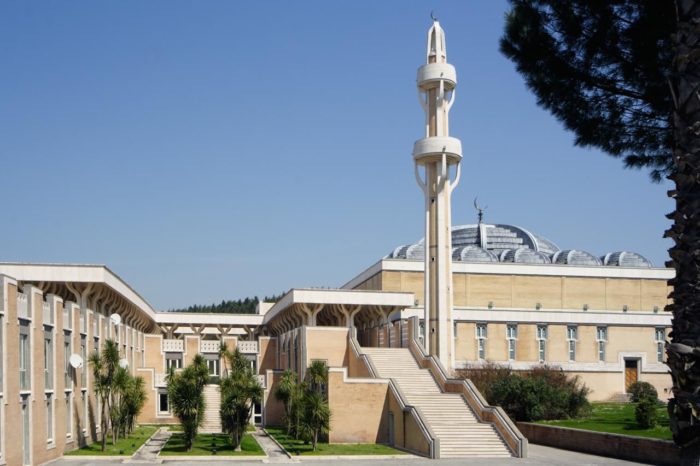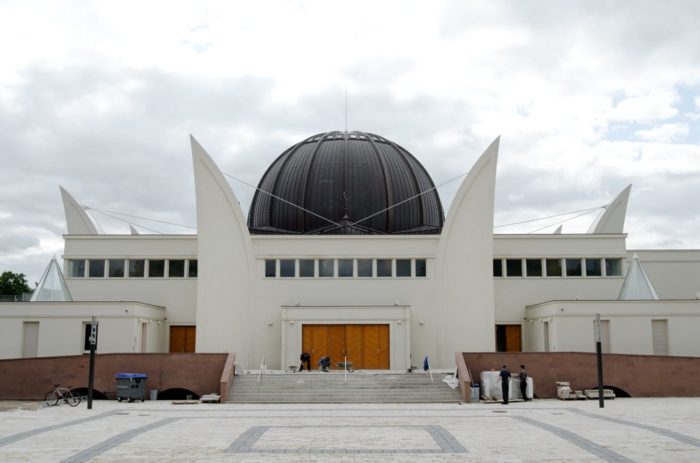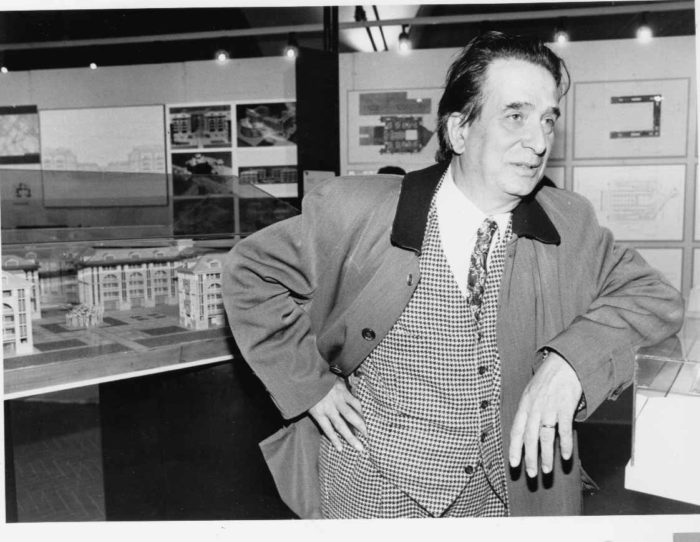Paolo Portoghesi, the inaugural curator of the Venice Architecture Biennale, died at 92 in Calcata, Italy, according to the foundation yesterday, Tuesday, May 30. Portoghesi received a position as the Venice Biennale’s director of architecture in 1979. He hired Aldo Rossi to create the Teatro del Mondo, which was docked at the Punta della Dogana in the San Marco Basin in the same year. Under the direction of Maurizio Scaparro, performances of the Biennale Teatro took place there.
A Brief Look at Paolo Portoghesi’s Contributions
Twenty worldwide architects, including Ricardo Bofill, Frank Gehry, Arata Isozaki, Hans Hollein, Rem Koolhaas, Franco Purini, Laura Thermes, Denise Scott-Brown, John Rauch, and Robert Venturi, were invited by Paolo Portoghesi to create realistic façades for an imaginary street measuring 70 meters in length within the Corderie dell’Arsenale in 1980.
This fictitious street, dubbed Strada Novissima, opened to the general populace for the first time and celebrated the beginning of the Biennale’s first International Architecture Exhibition, themed “The Presence of the Past.” Portoghesi was chosen to lead the Biennale three years later and held that role until 1992.
The Papanice House (1968), the Mosque and Islamic Cultural Center in Rome (1984-1995), the Renaissance neighborhood in Rome’s Parco Talenti (2001), and the Strasbourg Mosque (2012) are four of his notable architectural accomplishments.
From 1962 to 1966, Portoghesi served as a professor at the University of Rome, lecturing on the history of criticism. The Milan Polytechnic, where he held the position of dean from 1968 to 1976, hired him the next year as a professor of architectural history. He had been a design instructor at the University of Rome’s architecture school since 1995.
Paolo Portoghesi has shown a deep love of nature and how to incorporate it into architecture throughout his successful career. His 2000 book “Nature and Architecture” exemplifies his dedication to investigating the inherent connection between the environment and designing buildings. His architectural works are evidence of his comprehensive design philosophy and demonstrate a profound awareness of the critical relationship between how humans interact and the environment.
The architectural industry grieves the departure of Paolo Portoghesi, a pioneer and a great thinker. His unrelenting dedication to the research of architectural history, his creative design process, and his significant influence as a teacher have all left an imprint on history.
The coming generations of architects and academics will continue to be inspired by Paolo Portoghesi’s significant contributions to architecture to push the frontiers of innovation and pursue a balance between tradition and modernity. We pay tribute to Paolo Portoghesi’s outstanding architectural accomplishments today as we mourn tribute to this exceptional man. His everlasting impact shall continue to influence architecture and construction for many years.
